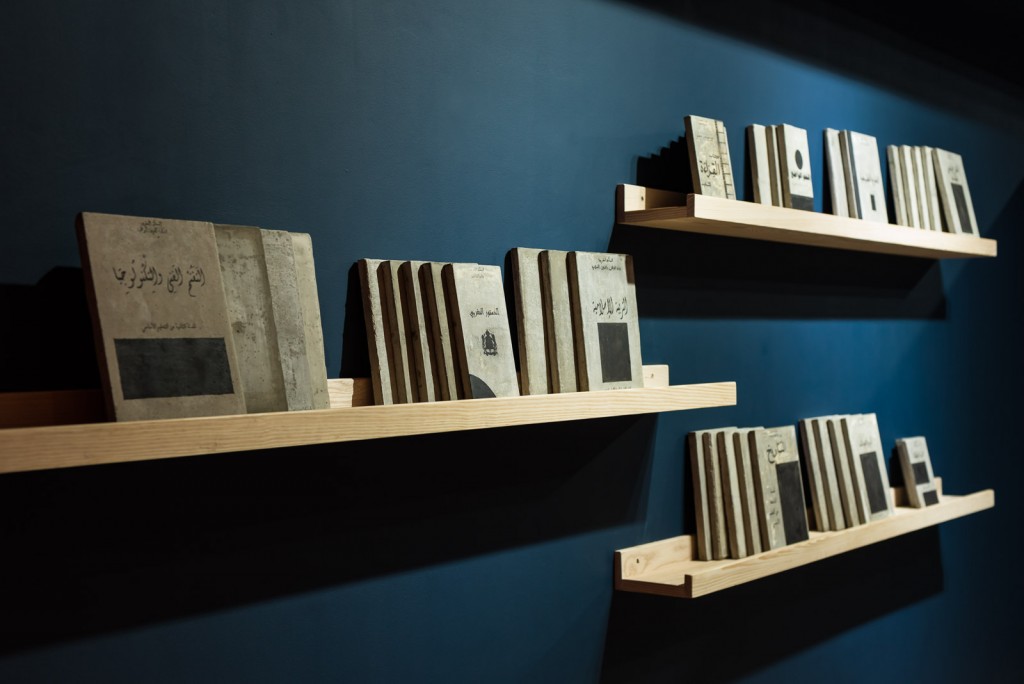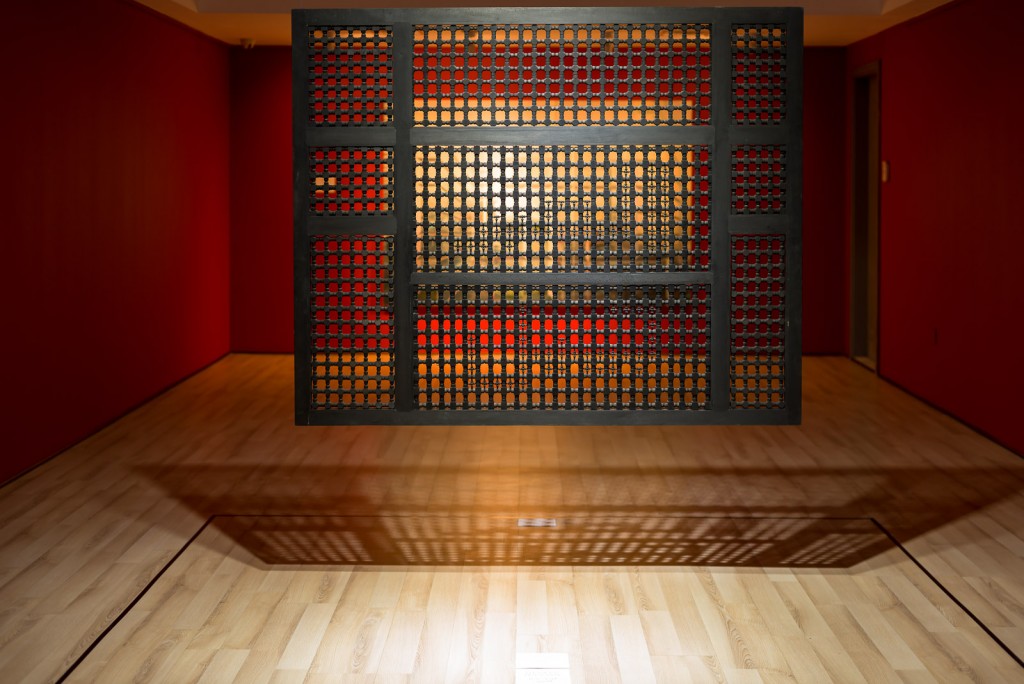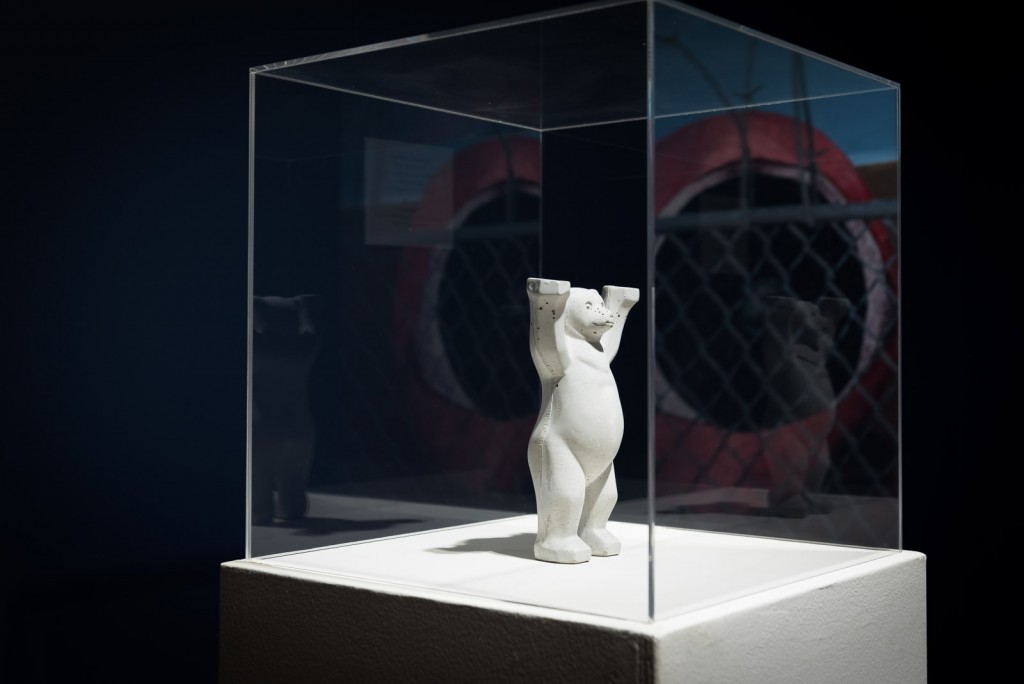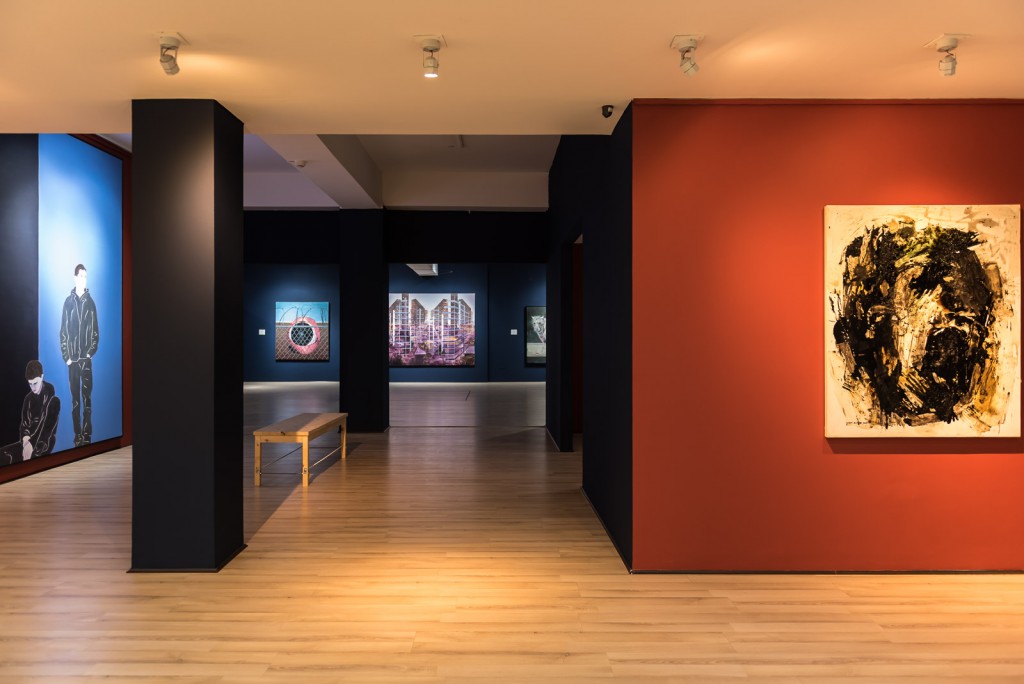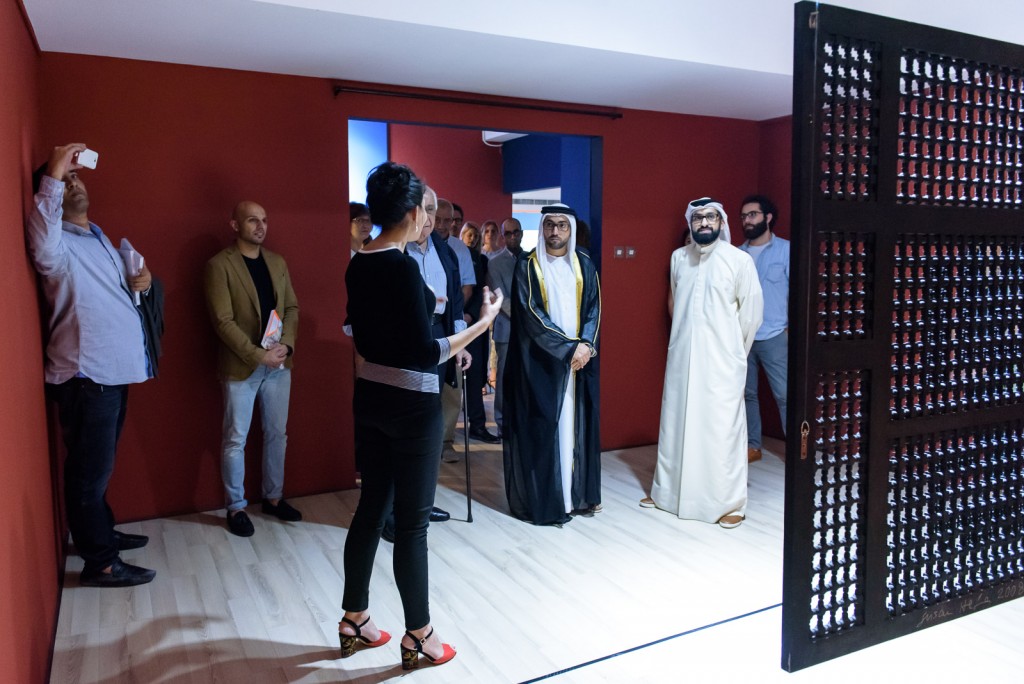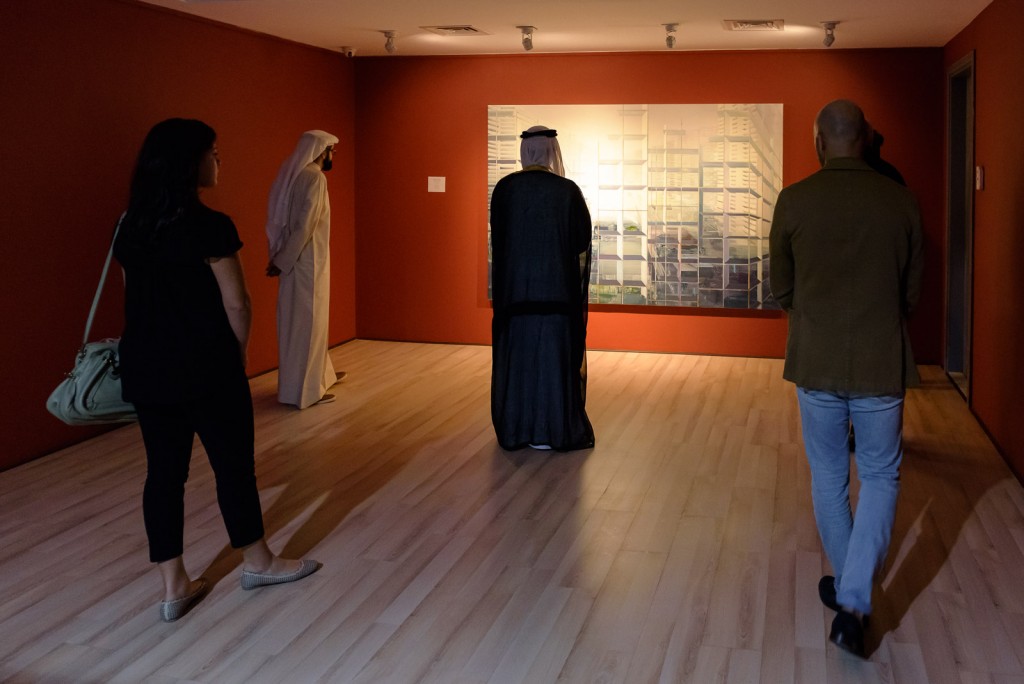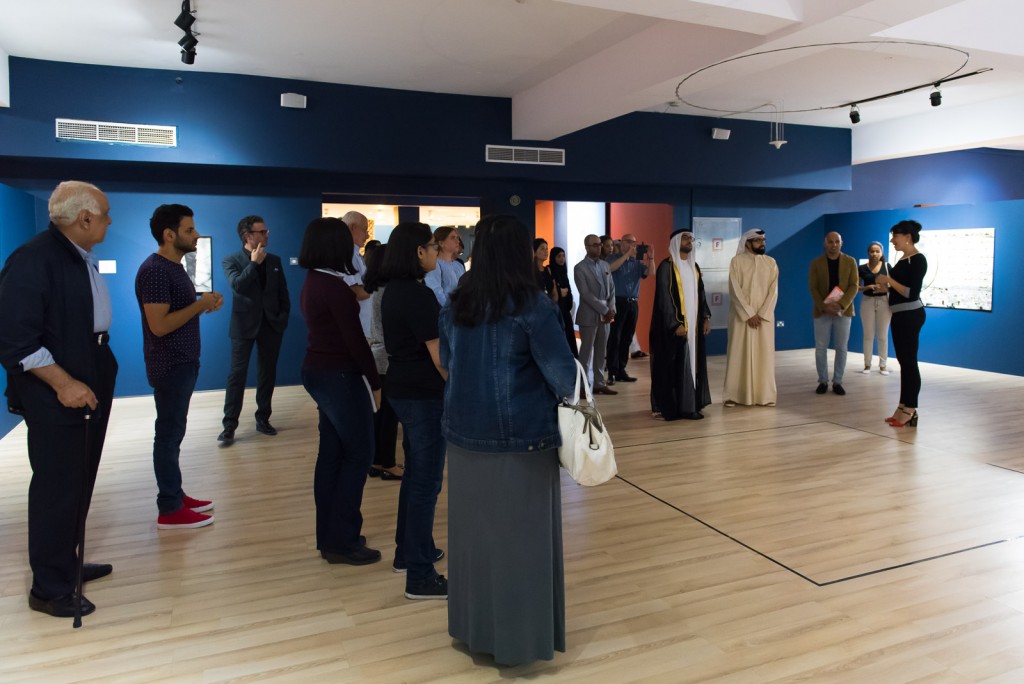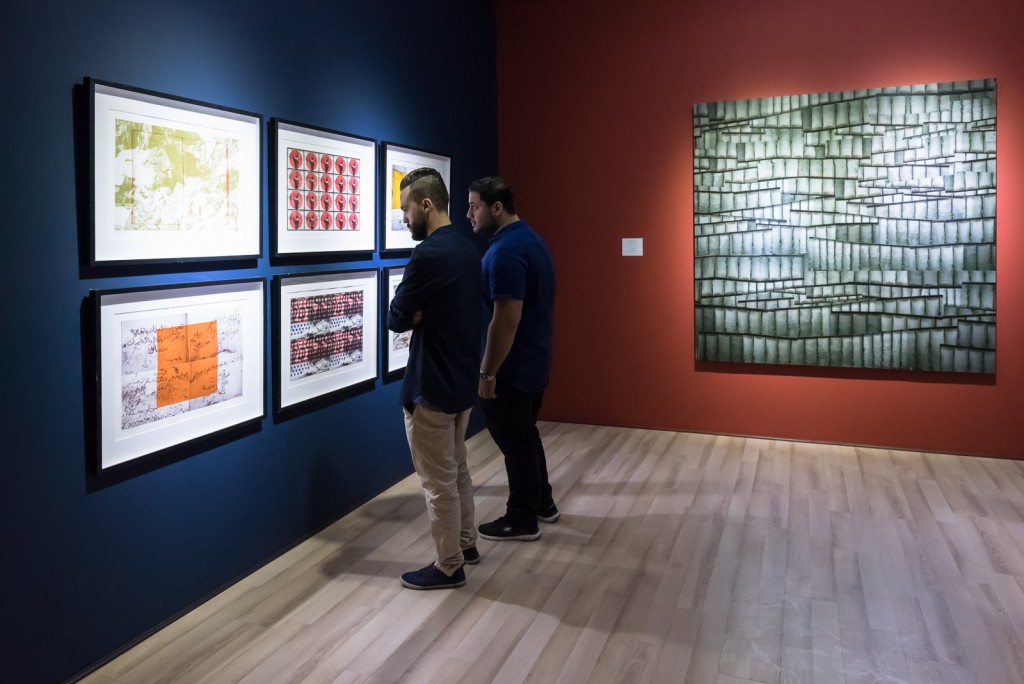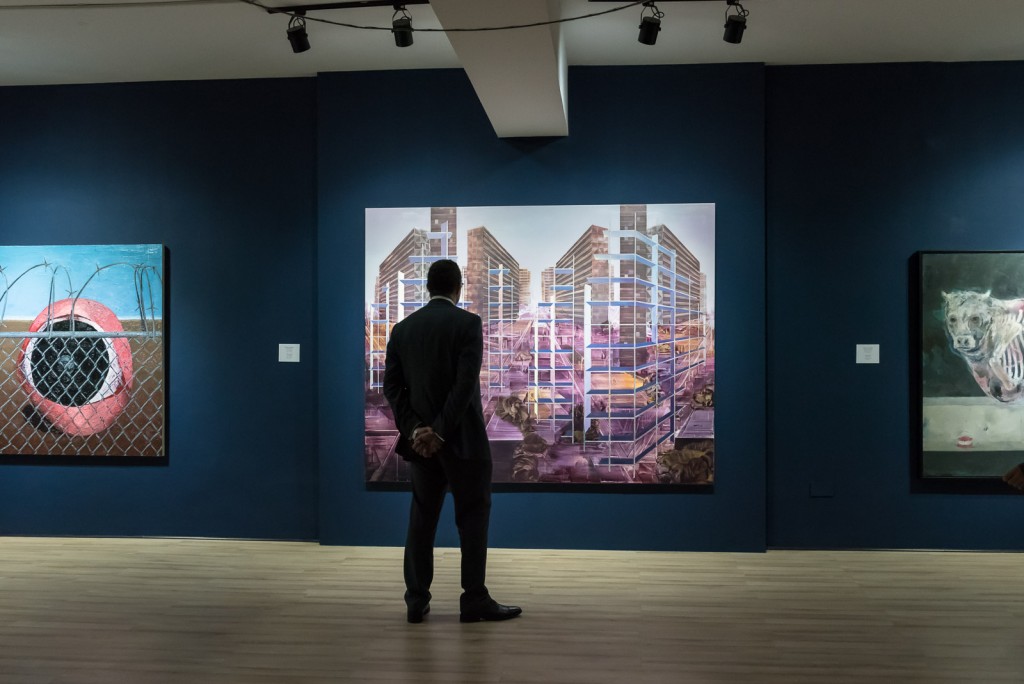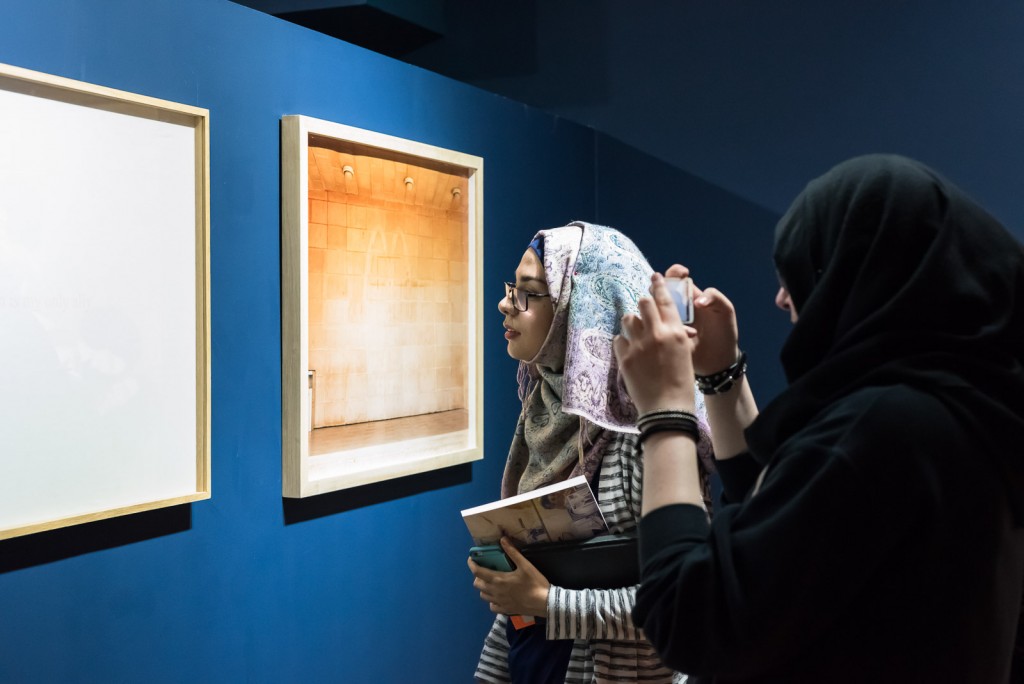Walls and Margins
Soon after people learned how to lead a sedentary lifestyle, and began building permanent dwellings and settlements, the idea of a protective fence was developed. Devised as a security measure, it is a separation of what is in versus what is out, what is accessible versus what is off limits. The fence, which was conceived of as a tangible, physical barrier, also introduced – and at times encouraged – the accentuation of ideological differences between inhabitants and outsiders, members and non-members. These differences could be apparent in the form of distinct languages, or varying, and often contradicting, belief systems, social structures, and political agendas. Protective fences gradually evolved into the notion of geographical borders, and a clear, formalised designation of national identities – i.e. a formal system of members and non-members.
At present, many barriers remain physical. These can be observed in the form of walls, bodies of water, or guarded national borders, which prevent or control the physical movement of people from one side of the enclosure to the other. In the past two decades, dividing systems have figured prominently in the construction of the world’s political landscape. These, among many others, include the continued construction of the Separation Wall in Palestine,
the control exerted over Tangier’s citizens’ movement through the Strait of Gibraltar, and most recently, the barriers being erected in various parts of Europe and the Middle East in order to control the vast influx of war refugees.
Other boundaries, however, are intangible and manifest through differences in religious views, linguistic affiliations, and people’s individual outlooks on subjects like politics or sexuality. Such obstacles – both physical and ideological – often lead to the exclusion from conventional society of various subcultures, minorities, and groups that deviate from the established norm – as is the case with many immigrants, exiles and people that are explicitly marginalised due to their religious or gender-related convictions.
This exhibition looks at works of art, which tackle the effects and consequences of established walls and barriers, both physical and ideological. It aims to highlight that while some of these dividing systems occur naturally, many are conscious human constructs, and ideas of us and them, inside and outside are often fabricated. As the sense of isolation that stems from being walled in or out is often encountered on an individual level, many of the works featured in this exhibition tell personal stories and provide private vantage points on larger issues.
